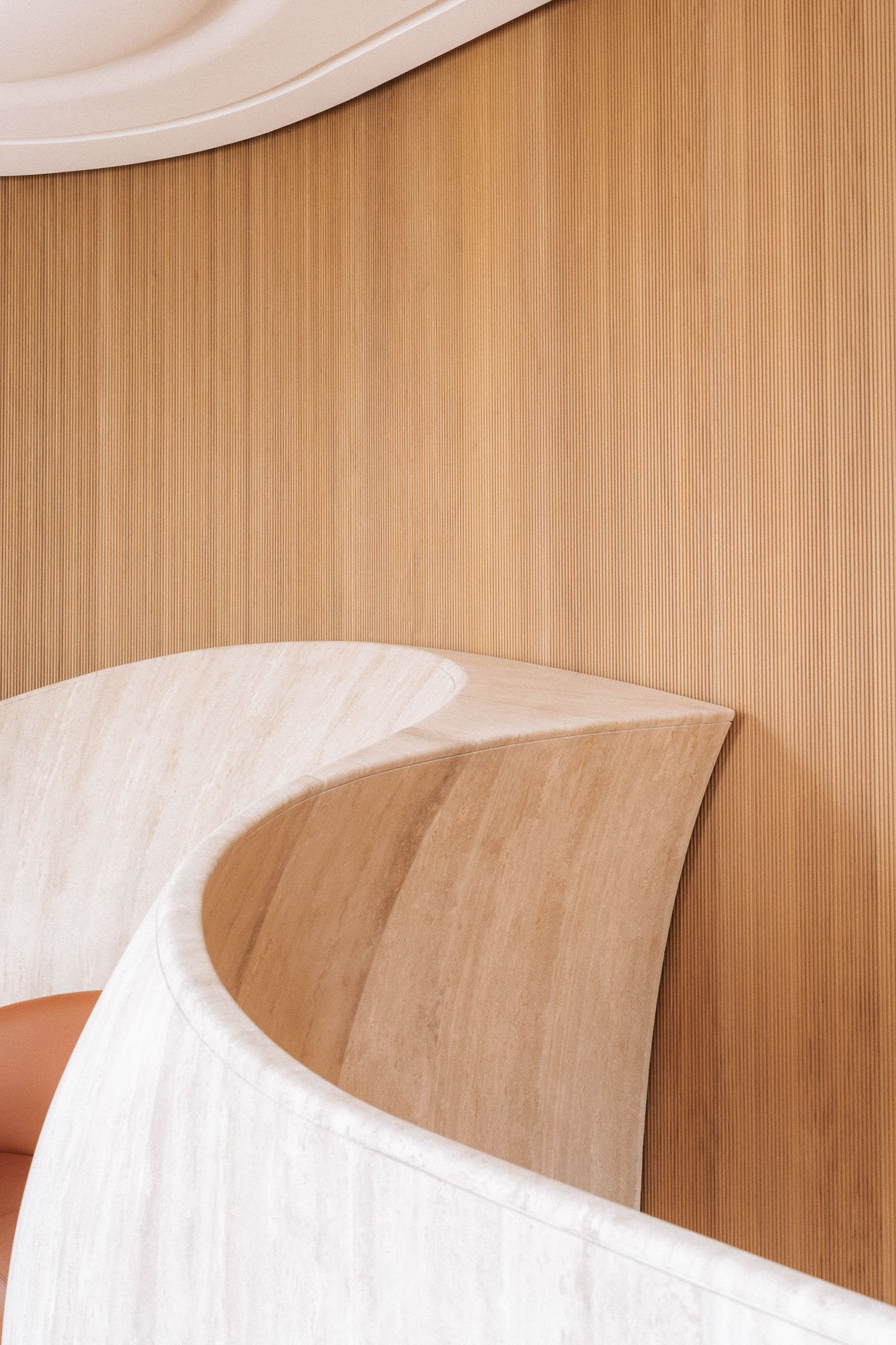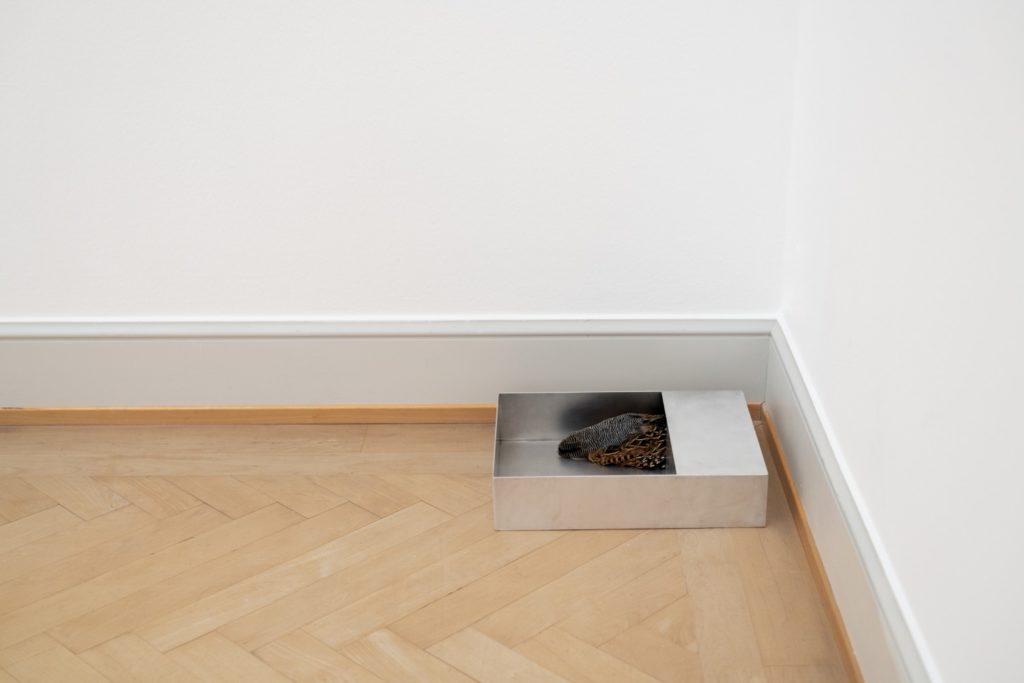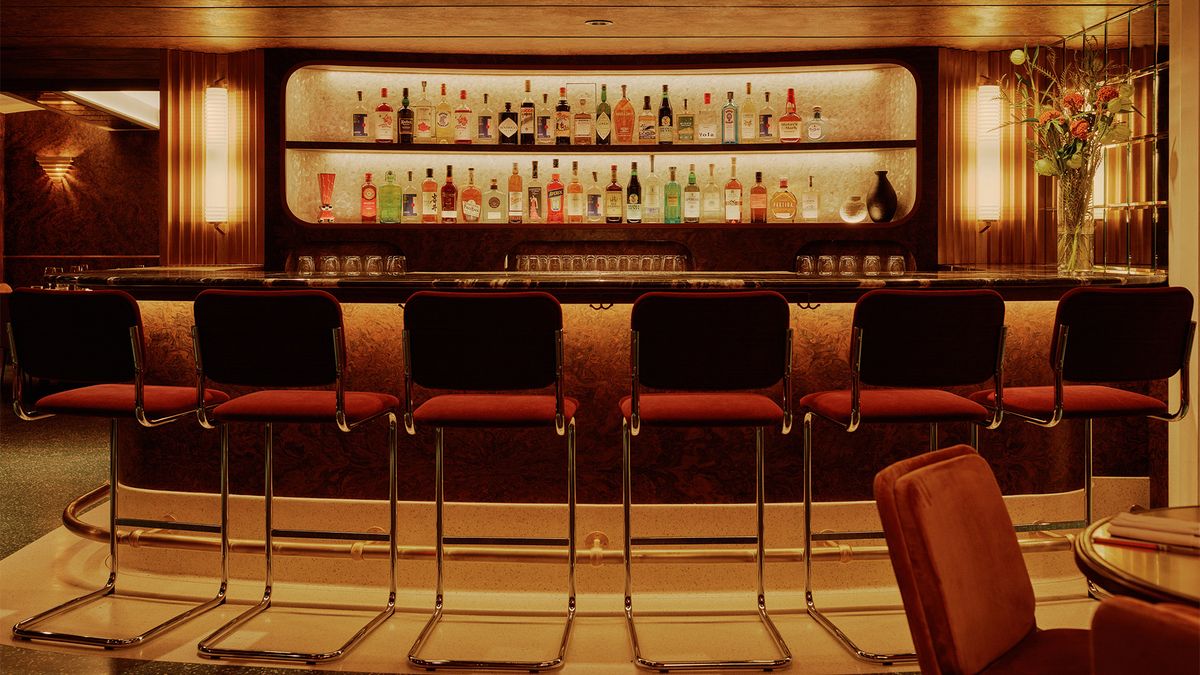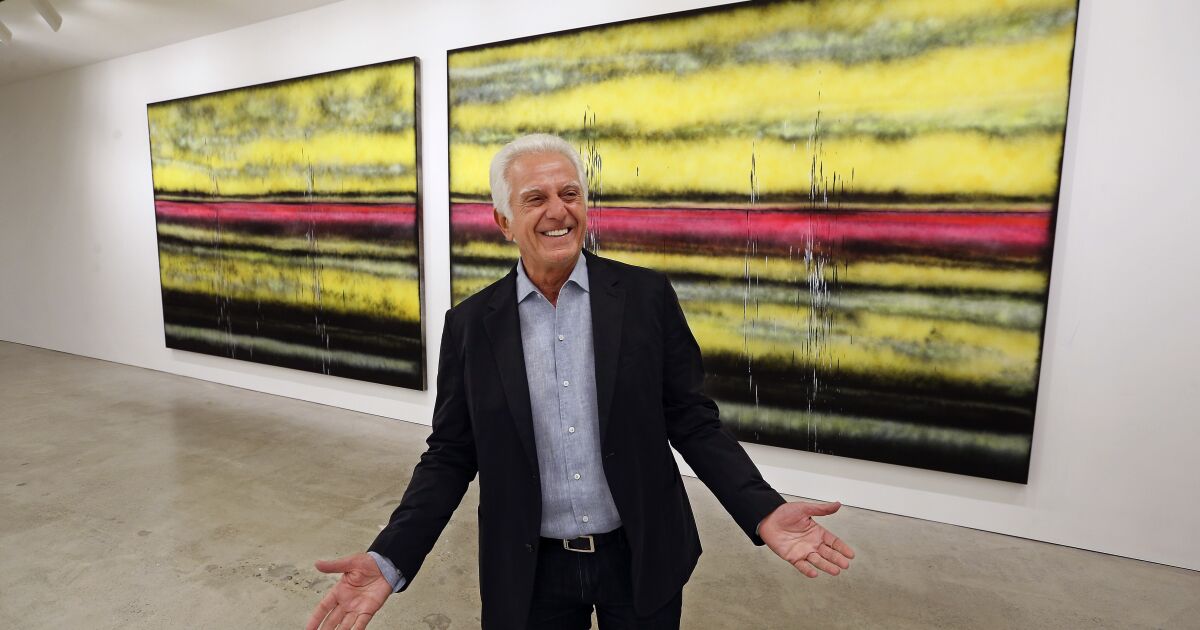The Breaks
2002 - Photography (Photography)
Juan Capistran
The Breaks reflects Capistran’s interests in sampling and fusing different cultural, social, and historical sources. Growing up in an African-American community in Los Angeles, Capistran has long been influenced by hip-hop culture. The photographs in this print document him surreptitiously breakdancing on Carl Andre’s iconic lead floor piece after the guards at the Los Angeles County Museum of Art have left the gallery. Each of the twenty-five frames depicts a classic breakdance move. Wearing a working-class outfit, Capistran intentionally emphasizes the vernacular aspect of this art form and his personal engagement challenges the hierarchy between street culture and high art.
Born in Guadalajara, Mexico, and raised in South Central Los Angeles, Juan Capistran was undocumented until midway through grade school. As a teenager he gravitated toward graffiti, punk rock, reggae, house music, and DJ culture as tools for crafting a hybrid identity. His work has diverse influences, from Malcolm X to Led Zeppelin and Richard Serra, and it quotes keenly and democratically, from gang colors to minimalist forms.
Colors:
Related works featuring themes of: » Americana, » Appropriation Art, » Art in Art, » Caricature / Parody, » Mexican American
» see more

© » KADIST
Yao Jui-Chung
2013Long Long Live (2013) takes the viewer to the setting of the Oasis Villa on Green Island, once a reform and re-education prison to house political prisoners during Taiwan’s martial law period...

© » KADIST
Jeffrey Vallance
1978Vallance’s Rocket is a vibrant picture in which masses of color and collage coalesce into a central vehicle, yet the whole surface seems lit with the roar of space travel...

© » KADIST
Wong Hoy Cheong
2009Created for the tenth Lyon Bienniale, in Days of Our Lives: Playing for Dying Mother, Wong’s ongoing negotiation of postcolonial globalization takes aim at French society...

© » KADIST
Chris Johanson
2000Apartment on Cardboard (2000) is an exterior view of an abstracted apartment building...
Other related works, blended automatically
» see more

© » KADIST
Juan Capistran
2005White Minority , is typical of Capistran’s sampling of high art genres and living subcultures in which the artist subsumes an object’s high art pedigree within a vernacular art form...

© » KADIST
Yao Jui-Chung
2013Long Long Live (2013) takes the viewer to the setting of the Oasis Villa on Green Island, once a reform and re-education prison to house political prisoners during Taiwan’s martial law period...

© » KADIST
Jeffrey Vallance
1978Vallance’s Rocket is a vibrant picture in which masses of color and collage coalesce into a central vehicle, yet the whole surface seems lit with the roar of space travel...

© » KADIST
Bruce Conner
2008Unlike many of his earlier films which often present poignant critiques of mass media and its deleterious effects on American culture, EASTER MORNING , Conner’s final video work before his death in 2008, constitutes a far more meditative filmic essay in which a limited amount of images turn into compelling, almost hypnotic visual experience...
Related works sharing similar palette
» see more

© » KADIST
Tuan Andrew Nguyen
2012This work presents the image of an immolated monk engraved on a baseball bat...

© » IGNANT
A Sculptural Travertine Staircase Takes Centre Stage in RDAI’s Hermès Vienna Store Renovation - IGNANT Name RDAI Words Anna Dorothea Ker In the landmark-laden Graben District at the heart of Vienna, the interior architecture of a newly renovated and expanded Hermès store in an 18th-century building honors the arthistorical riches of its city...
Related works from the » 2000's created around » Los Angeles, California
» see more

© » KADIST
Julio Cesar Morales
2006Julio Cesar Morales’s watercolor drawings, Undocumented Intervention , show a variety of surprising hiding places assumed by people trying to cross into the United States without documentation...

© » KADIST
Jedediah Caesar
2009For Untitled, Caesar encased recycled objects such as scraps of plywood, paper or cloth in resin and then cut and reassembled the pieces into abstract forms...

© » KADIST
Raymond Pettibon
2005The five works included in the Kadist Collection are representative of Pettibon’s complex drawings which are much more narrative than comics or cartoon...
Other works by: » Juan Capistran
» see more

© » KADIST
Juan Capistran
2005White Minority , is typical of Capistran’s sampling of high art genres and living subcultures in which the artist subsumes an object’s high art pedigree within a vernacular art form...

© » KADIST
Juan Capistran
2012The 10 $1 bills that make up From a Whisper to a Scream (2012) read like instructions in origami...
Related artist(s) to: Juan Capistran » Abraham Cruzvillegas, » Adrian Esparza, » Alessandro Balteo Yazbeck, » Alexander Gutke, » Cevdet Erek, » Claire Fontaine, » Dani Gal, » Hank Willis Thomas, » Ingar Dragset, » Jens Hoffmann
» see more

© » KADIST
Alessandro Balteo Yazbeck
2008Part of a larger series of photographic works, Alessandro Balteo Yazbeck’s Corrupted file from page 14 (V1) from the series La Vega, Plan Caracas No...

© » KADIST
Hank Willis Thomas
2012Like many of his other sculptural works, the source of I am the Greatest is actually a historical photograph of an identical button pin from the 1960s...

© » KADIST
Hank Willis Thomas
2012Bread and Roses takes its name from a phrase famously used on picket signs and immortalized by the poet James Oppenheim in 1911...








